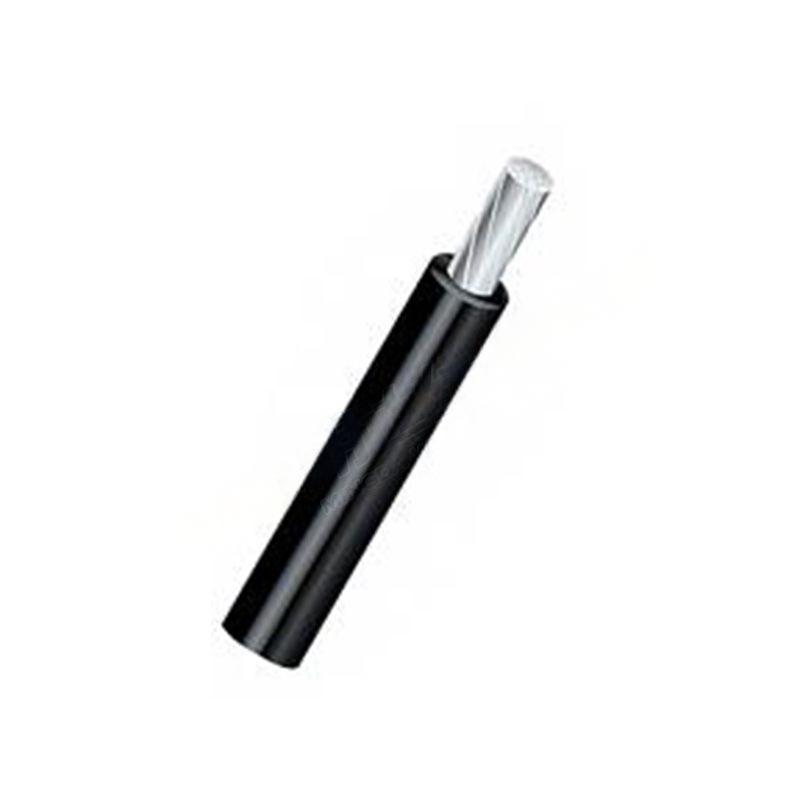Dec . 03, 2024 14:39 Back to list
Single Plate Backflow Prevention Valve Design and Applications in Fluid Systems
Understanding Single Plate Check Valves
Single plate check valves play a vital role in fluid dynamics, having applications across various industries, including petroleum, waterworks, and pneumatic systems. Their primary function is to allow fluid to flow in one direction while preventing backflow, thereby safeguarding system integrity and operational efficiency. This article will delve into the design, functionality, advantages, and typical applications of single plate check valves.
What is a Single Plate Check Valve?
A single plate check valve, also known as a single disc check valve, consists of a single disc or plate that pivots on a hinge or pin. When fluid flows in the desired direction, the plate opens, allowing the passage of fluid. Conversely, if there is a reverse flow, the plate is pushed back against the seat, effectively sealing the valve and preventing backflow. This simple yet effective mechanism provides a reliable solution for many fluid systems.
Design and Operating Principle
The design of a single plate check valve maximizes efficiency while minimizing space and weight, making it particularly advantageous in situations where these factors are critical. The valve typically includes a housing or body made from durable materials, such as cast iron, stainless steel, or PVC, depending on the application and the properties of the fluid it handles.
The operating mechanism relies on the differential pressure of the fluid. When the pressure on the inlet side exceeds that on the outlet side, the disc pivots open. Once the inlet pressure falls below a certain threshold or if the outlet pressure rises, the disc swings closed, utilizing gravity as well as the pressure of the fluid to ensure a tight seal.
Advantages of Single Plate Check Valves
1. Space Efficient Because of their compact design, single plate check valves occupy less space than traditional double- or spring-loaded check valves, making them ideal for installations with limited room.
2. Low Pressure Drop The streamlined design allows for minimal pressure loss in the system. This characteristic is essential, especially in high-efficiency applications where maintaining pressure is crucial for performance.
3. Easy Installation These valves can be installed in any orientation, which provides flexibility in system design and modification.
single plate check valve

5. Maintenance-Free Most single plate check valves require minimal to no maintenance, which reduces operational costs over time and enhances reliability.
Applications
Single plate check valves find use in a variety of settings
1. Water and Wastewater Management In municipal water supply systems, these valves prevent backflow, protecting pumps and other equipment.
2. Cooling Systems In industrial and HVAC systems, they prevent the backflow of hot water in cooling circuits.
3. Hydraulic Systems Single plate check valves are common in hydraulic machinery, ensuring that hydraulic fluids flow correctly and do not revert.
4. Marine Applications They are used in ships and offshore platforms for managing fluid systems, ensuring that sea water or fuel flows correctly without backflow risks.
5. Pharmaceutical and Food Industries In these sectors, where hygiene is paramount, single plate check valves help maintain the integrity of the fluid lines while preventing contamination.
Conclusion
Single plate check valves are integral components in a plethora of fluid systems, where they serve a critical function in preventing backflow and ensuring the smooth operation of machinery. Their compact design, efficiency, and durability make them suitable for various applications, providing significant advantages over traditional valve types. Understanding their working principle and applications can help engineers and operators make informed decisions about fluid management and system design. As industries continue to advance and demand more efficient solutions, the importance and utilization of single plate check valves will undoubtedly grow.
Share
-
Reliable Wafer Type Butterfly Valves for Every IndustryNewsJul.25,2025
-
Reliable Flow Control Begins with the Right Ball Check ValveNewsJul.25,2025
-
Precision Flow Control Starts with Quality ValvesNewsJul.25,2025
-
Industrial Flow Control ReliabilityNewsJul.25,2025
-
Engineered for Efficiency Gate Valves That Power Industrial PerformanceNewsJul.25,2025
-
Empowering Infrastructure Through Quality ManufacturingNewsJul.25,2025